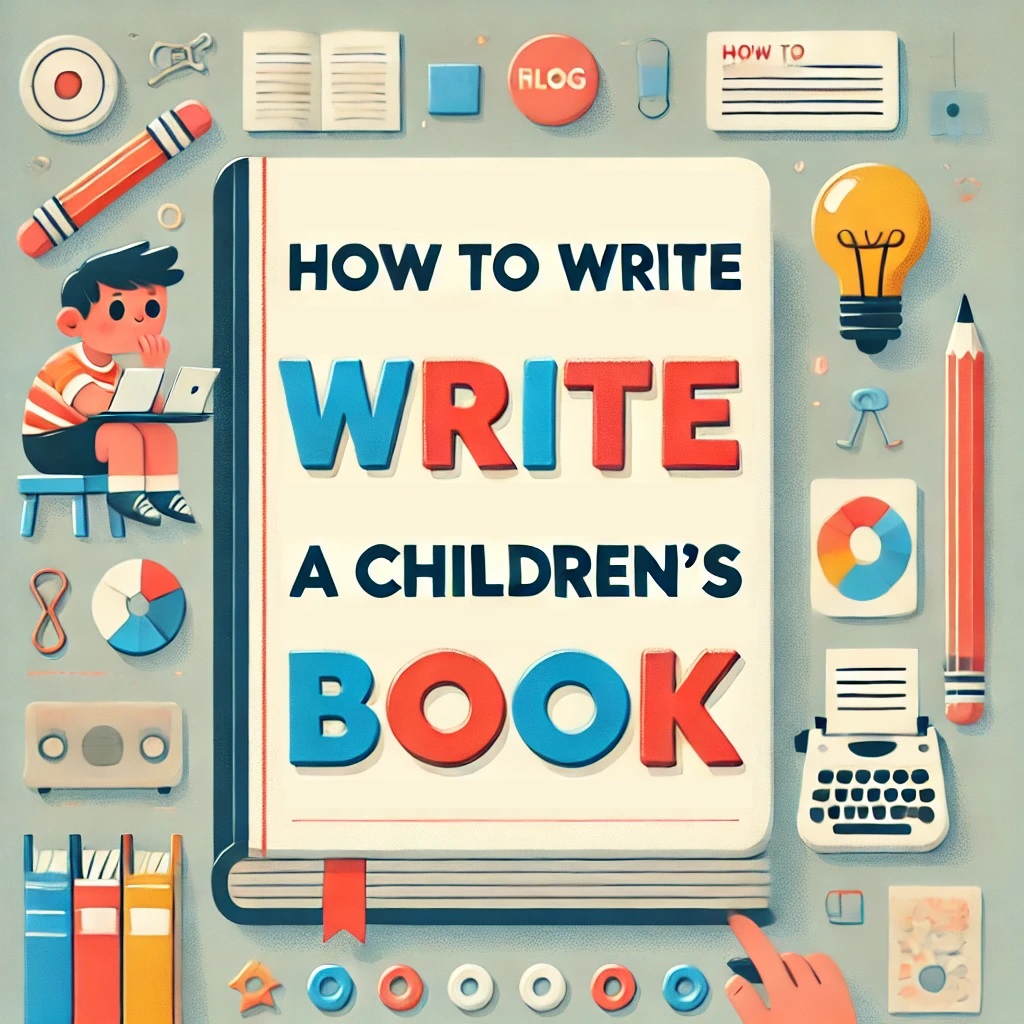There’s something timeless about a well-crafted children’s book—simple in words, rich in imagination, and often packed with lessons that stick with readers long into adulthood. But make no mistake: creating a truly impactful book for kids is no simple task. At Book Planets, we specialize in children’s book writing that captures both hearts and attention spans, helping authors—new and seasoned—bring their whimsical, educational, or heartfelt visions to life.
Whether you’re planning a colorful picture book for preschoolers or a chapter book for middle-grade readers, this guide walks you through every step of writing a children’s book that resonates, inspires, and delights.
Step 1: Understand Your Audience
The first rule of writing any book is to know who you’re writing for. With children’s literature, this is especially critical because reading abilities and interests vary significantly by age.
Target Age Groups:
- Ages 0–3: Board books, highly visual, few words.
- Ages 3–5: Picture books with repetitive phrasing and rhythm.
- Ages 6–8: Early readers, simple sentence structures.
- Ages 9–12: Chapter books and middle-grade novels with more complex plots.
Understanding your audience affects tone, vocabulary, sentence length, theme, and even page layout. Our custom book writing services start with this foundational step to ensure the content is age-appropriate and engaging.
Step 2: Choose a Theme or Message
Kids’ books often serve dual purposes: entertain and educate. Ask yourself:
- What do I want children to learn from this story?
- Will this book spark joy, empathy, curiosity, or courage?
- Can I present this lesson in a fun and age-appropriate way?
Great children’s books don’t lecture—they illustrate lessons through narrative and character experiences. “The Gruffalo,” for example, teaches resourcefulness. “Where the Wild Things Are” explores emotional regulation. Be intentional with your theme.
Step 3: Develop Memorable Characters
Children quickly form emotional bonds with characters. Whether it’s a talking animal, a mischievous child, or an out-of-this-world creature, your characters should:
- Be relatable or aspirational
- Face an internal or external conflict
- Show growth by the end of the story
Keep their names simple and memorable. Give them quirks, habits, or catchphrases. Strong characters lead to strong stories—and often, a series.
If you’re unsure how to construct compelling, child-friendly characters, our professional ghostwriters can help develop personalities that leap off the page.
Step 4: Structure the Story Properly
Even the simplest children’s book has a structure:
- Introduction: Set the scene and introduce the characters.
- Conflict: Present a problem or challenge.
- Climax: The moment of greatest tension.
- Resolution: Problem solved, lesson learned.
This classic arc helps maintain attention and teaches cause and effect—a foundational storytelling principle. Use repetition, rhyme, or rhythm to make the structure even more engaging.
Step 5: Keep Language Simple and Engaging
Language in children’s books should be:
- Age-appropriate
- Easy to understand
- Phonetically playful (especially for early readers)
- Rhythmic or rhyming when suitable
That doesn’t mean “dumbed down.” Even young readers appreciate sophisticated themes when presented clearly. Strong verb choices, visual adjectives, and active sentences go a long way.
If you’re unsure about tone or flow, consider hiring a children’s book writing editor or coach who specializes in early literacy.
Step 6: Prioritize Visual Storytelling
For younger audiences, especially, pictures are as important as the text. Children’s book illustrations help tell the story, define the tone, and captivate short attention spans.
You’ll need to decide:
- Will your book be fully illustrated (picture book)?
- Do you need spot illustrations (chapter book)?
- What’s the style—whimsical, realistic, abstract?
We offer illustration packages and collaborate with seasoned illustrators who specialize in child-friendly visual storytelling.
Step 7: Think About Page Count and Layout
Children’s books often follow industry standards:
- Picture Books: 24–32 pages, with text spread over 12–16 double-page spreads.
- Early Readers: Around 1,000–2,500 words.
- Chapter Books: 4,000–10,000 words with 5–10 chapters.
Use page turns wisely for suspense, surprise, or punchlines. Break up long paragraphs, and avoid walls of text—especially for early readers.
Our custom book writing process includes layout guidance tailored to your audience, genre, and distribution plans.
Step 8: Choose the Right Title and Cover
Your title should be:
- Memorable
- Easy to pronounce
- Reflective of your theme or character
- Fun or emotionally resonant
When paired with a compelling book cover design, a strong title can increase discoverability and sales. At Book Planets, our design team crafts cover that speaks directly to both children and the adults buying the book.
Step 9: Edit Ruthlessly—Then Again
Children’s books may be short, but they still require multiple rounds of editing. Typos, awkward phrasing, or inconsistent tone can stand out more in shorter texts.
We recommend:
- Developmental Editing: Ensures the story flows, characters work, and theme is clear.
- Line Editing: Polishes grammar, sentence structure, and tone.
- Proofreading: Final cleanup before publishing.
Our editing packages include manuscript proofreading and developmental feedback from children’s book experts.
Step 10: Plan Your Publishing Path
You have two main options:
- Traditional Publishing: Submit to agents or publishers; longer timelines but higher credibility.
- Self-Publishing: You keep control and higher royalties but handle all production.
Whether you want to pitch to a traditional publisher or go indie, we’ll help define your book publishing strategy, including distribution, pricing, and marketing.
Why Work With Book Planets?
At Book Planets, we bring your vision to life with services that include:
- Custom book writing for children’s picture books, chapter books, and middle-grade novels
- Collaboration with professional ghostwriters experienced in early literacy and storytelling
- Original children’s book illustrations tailored to your characters and genre
- Eye-catching book cover design for digital and print
- End-to-end editorial support and book publishing strategy
We believe every great children’s book starts with a meaningful idea—and ends with a child asking for “one more story.”
Bonus Tips for First-Time Children’s Book Writers
- Read Aloud: If your book sounds awkward when read aloud, kids will lose interest.
- Write With Emotion: Kids respond to laughter, suspense, joy, and wonder—don’t hold back.
- Test With Children: Their feedback is honest, often hilarious, and incredibly insightful.
- Think Beyond the Book: Could this story become a series, toy, or animated short?
Final Thoughts
Writing a children’s book is both joyful and challenging. It takes creativity, discipline, and a deep understanding of your readers. But with the right guidance, the process can be as magical as the story you’re telling.
Whether you’re a parent, teacher, or dreamer with a story in your heart, Book Planets is here to guide you. From words to visuals to publishing strategy, we’ll help you write a children’s book that connects—and endures.





